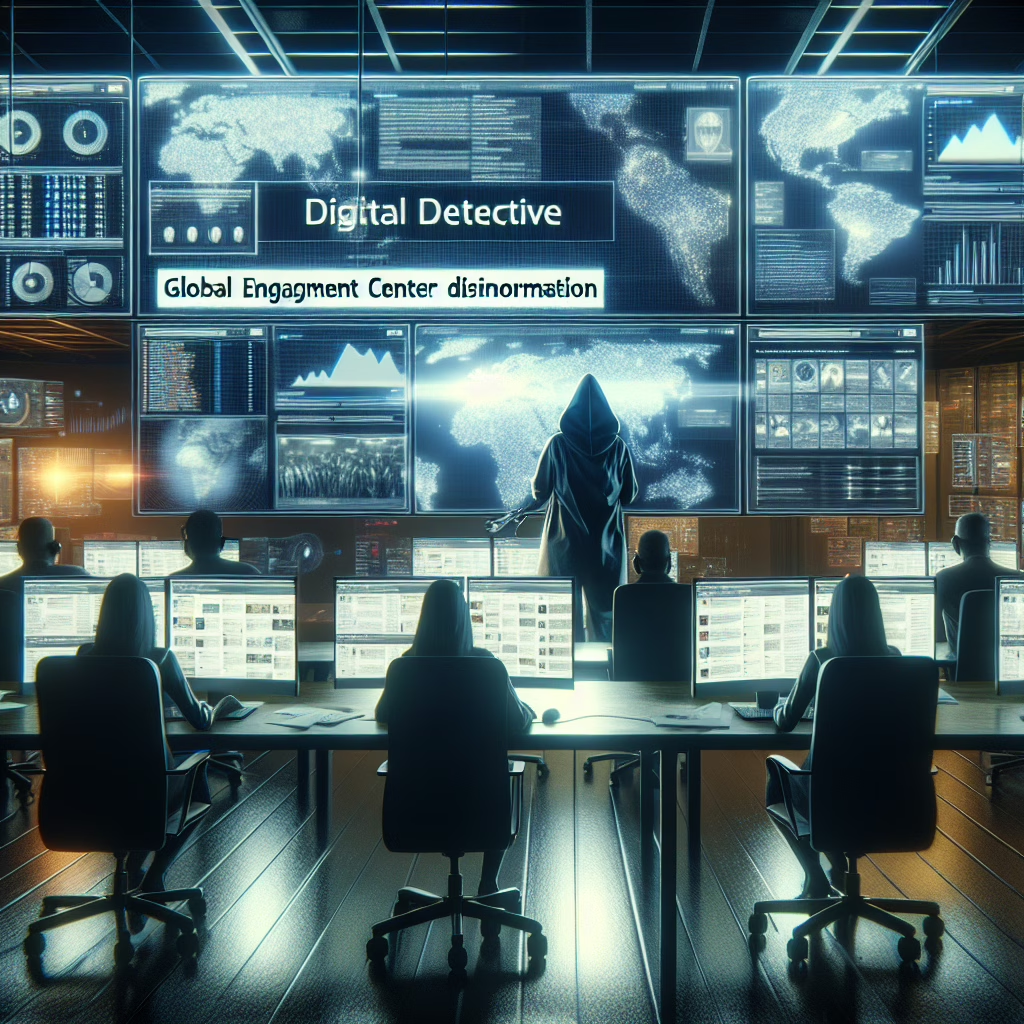In the age of digital communication, the Global Engagement Center (GEC) has become a buzzword synonymous with the battle against disinformation. If you’ve ever scrolled through your Twitter feed and felt a twinge of doubt about what you read, you’re not alone! The GEC is on a mission to combat the ever-growing tide of misleading information swirling around social media like confetti at a parade.
The GEC: A Beacon of Truth or a Propaganda Machine?
Founded with the noble goal of countering foreign propaganda and disinformation, the GEC operates under the auspices of the U.S. State Department. Picture it as a high-tech lighthouse guiding us through the murky waters of misinformation. But, like any good lighthouse, it often finds itself in stormy seas. Critics argue that some of its strategies resemble propaganda more than they do fact-checking.
For instance, during the recent Twitter Files revelations, disinformation and propaganda took center stage, leading to intense scrutiny of how the GEC interacts with social media platforms. It’s like watching a reality show where everyone claims to be the hero while trying to outsmart each other!
The Art of Detection: How GEC Identifies Misinformation
So, how does this agency detect misinformation? It employs sophisticated algorithms and expert analysts—think of them as digital detectives on a mission! They comb through posts, tweets, and memes faster than you can say “fake news” to identify patterns that might indicate disinformation campaigns.
- Deep Learning Algorithms: These are used to analyze large volumes of data quickly and efficiently.
- Expert Analysts: Trained professionals sift through flagged content to discern the truth.
- Collaborative Efforts: The GEC partners with tech companies and NGOs, enhancing its capabilities like forming an Avengers team, where each member brings unique powers to the table.
By working together, they aim to dismantle complex networks of disinformation that threaten to undermine public trust.
Twitter: The Wild West of Information
If you’ve ever ventured into Twitter’s chaotic landscape, you know it resembles the Wild West—full of outlaws spreading tall tales and infamous characters trying to sell you miracle cures for everything from boredom to bad hair days. The GEC’s involvement raises questions about whether they’re trying to restore law and order or simply adding more cowboys to the mix.
One notable incident involved coordinated efforts to debunk false narratives surrounding elections. The GEC monitored tweets and flagged misleading content like a hawk eyeing its prey. This proactive stance helped inform users about potential misinformation lurking in their feeds—after all, who doesn’t want a trusty sidekick watching their back?
The Double-Edged Sword: Balancing Free Speech and Safety
The GEC faces a significant challenge in balancing free speech with public safety. It’s no easy feat! On one hand, they strive to protect citizens from being duped by clever disinformation schemes; on the other hand, they must ensure that legitimate voices aren’t silenced in the process. It’s like walking a tightrope while juggling flaming torches—impressive but risky!
This delicate balance has sparked debates about censorship versus safety. Some folks argue that too much intervention stifles free expression, while others believe that unchecked misinformation poses a far greater threat. It’s as if we’re caught in an eternal tug-of-war between truth and deception.
The Road Ahead for GEC
Looking ahead, the Global Engagement Center aims to refine its strategies further and adapt to evolving challenges in the digital sphere. With new technologies emerging every day, staying one step ahead of disinformation requires ongoing innovation and collaboration.
The future might hold advanced AI tools capable of detecting even the subtlest forms of manipulation—like spotting that friend who always seems to know when there’s free pizza at a party!
As we navigate this digital age, understanding entities like the GEC becomes increasingly crucial for all users. Knowledge is power, after all! Staying informed helps us spot potential disinformation before it spreads like wildfire.
In conclusion, while the Global Engagement Center may have its critics, its role in combating disinformation is vital as we forge ahead into 2025 and beyond. So let’s keep our eyes peeled for those pesky false narratives—and maybe share a laugh or two along the way!
We invite you to share your thoughts on this topic! What are your experiences with disinformation online? Let us know in the comments below!
A special thank you to Wired for their insightful article that inspired this discussion!

